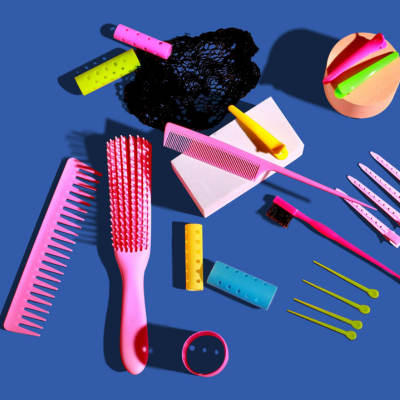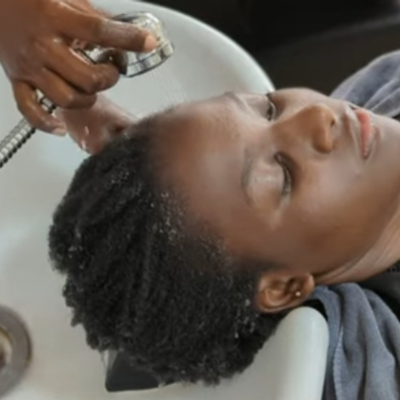- Support 24/7
- +1 (480) 468-4543
- livara@mylivara.com
Dos And Don’ts Of Protective Styling
The Surprising Benefits Of Scalp Massaging
January 15, 2024Are Silk Pillowcases Good For Your Skin?
January 17, 2024Protective styling is a form of styling designed to minimize manipulation and exposure of the hair to elements of the environment like humidity and dust (an element in some areas). Whether you know it or not, protective styling is a huge part of many naturals’ hair routines, evidenced by hairstyles like braids, twists, locs, cornrows, weaves and wigs. Whichever you opt for, ensuring you follow certain dos and steering clear of potential risks is crucial. In this simple guide we’ll offer the essential do and don’ts of protective styling that will help you maintain your look as well as the overall health of your hair.
The Dos
- Gentle installation: How tight your style is installed will make or break your hair. While tight firm parts may last longer, they break your hair faster. Continual stress on the hair and scalp may damage your hair follicles, leading to issues like traction alopecia. Don’t be scared to speak up to your hairstylist. Ask that your protective style is installed without causing excessive tension on your hair to prevent potential hair loss.
- Moisturize regularly: Protective styles like braids and twists leave a huge of your scalp exposed, making it necessary to moisturize regularly to prevent dryness. Use a water-based hair moisturizer like the Livara Tsavorite Spritz Moisturizer Hair Spray or even a simple combination of water and a natural oil. Give your hair and scalp a spray of water and afterwards, seal in the moisture with a natural oil of your choice like argan, jojoba or shea butter.
- Cleanse and condition: Protective styles can stay in for as long as 6 weeks, and going this long without cleansing your scalp is definitely a no-no. Make the time to cleanse your scalp with some diluted shampoo every few weeks or so. Make sure to rinse it out properly and replenish moisture with some conditioner, and seal it in with an oil. If you’re worried about messing up your hairstyle, simply be gentle as you cleanse your scalp, and use some defining mousse to revive your style after you’ve patted your hair dry.
- Protect your hair at night: Use a silk scarf, satin bonnet to protect your style at night. These materials help to reduce friction and prevent frizz as you sleep.
The Don’ts
- Avoid making tight hairstyles: We often make the mistake of styling protective hairstyles too tight in the name of forming cute hairstyles. Whichever style you choose for your braids, twists, or locs, make sure it doesn’t feel too tight, especially along you’d hairline which has hair that’s more likely to break. Make your styles loose at the edges and avoid holding your protective styles in tight updos like ponytails and high buns for extended periods. Let it down when you can to prevent unnecessary tension and stress on the scalp.
- Don’t leave it too long: Most people love protective styles because it means they don’t have to deal with their natural hair for a while, so they keep them in for months on end. Having in a protective style for longer than 8 weeks could lead to a lot of matting and consequently, hair breakage when you finally take it down, especially if you weren’t caring for your hair by cleansing, regularly moisturizing and sealing during all that time.
- Skip scalp care: Neglecting your scalp health can lead to issues such as itching or dandruff. Care for your scalp by cleansing it from time to time, and nourishing it with a natural oil or butter. Ensure to massage the oil into your scalp for a few minutes so it can properly penetrate. Do this every few days or as you deem fit according to the state of your hair. Make sure to moisturize your hair and scalp before applying the oil. Oil alone doesn’t benefit dry hair, so ensure to moisturize with some water or moisturizer first.
Bottomline
The essence of protective styling lies not only in the beauty it brings but also in the preservation it avails your natural hair. By following these simple dos and don’ts, you’ll aid in the preservation of your hair’s longevity.
And remember, you are a gem.



